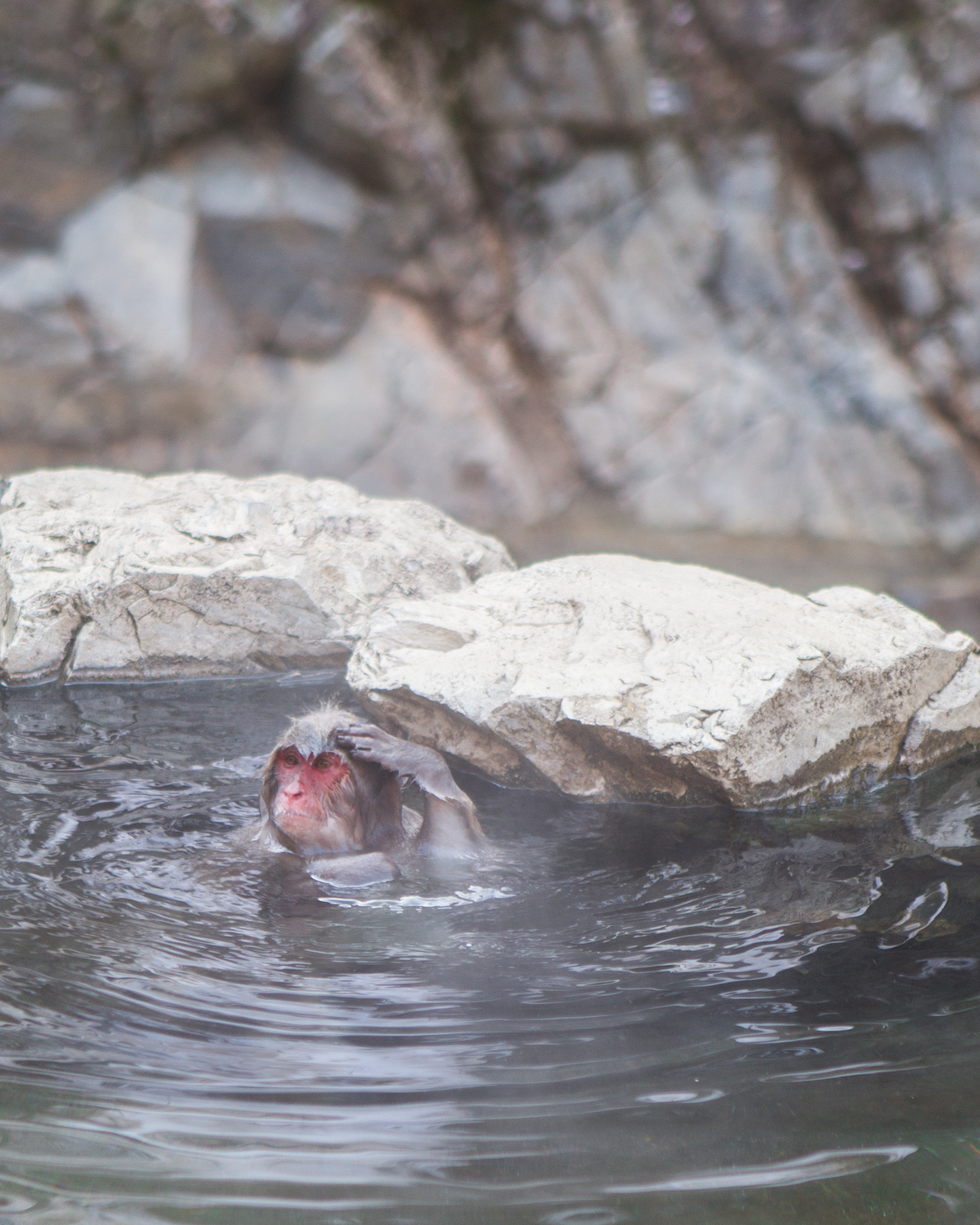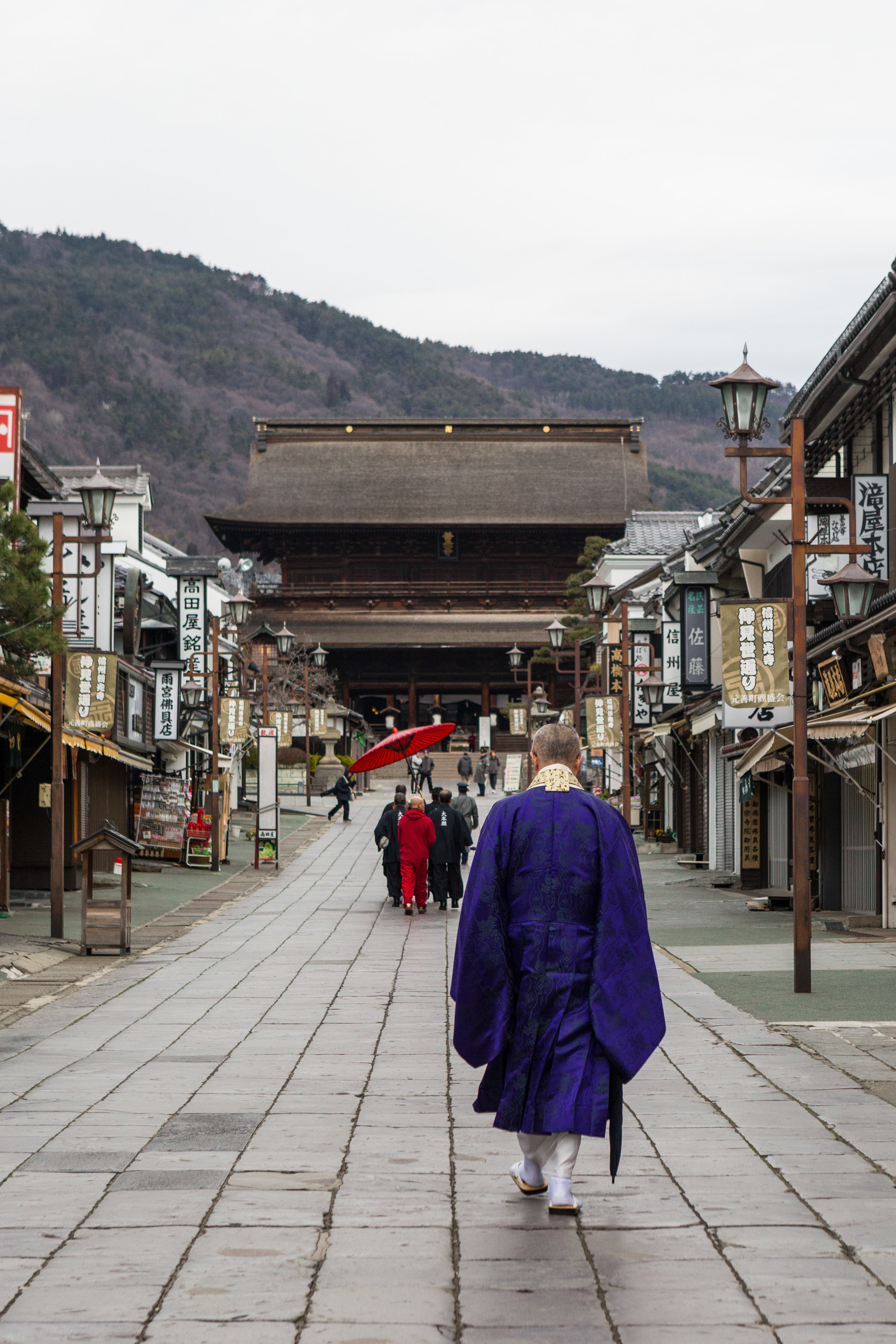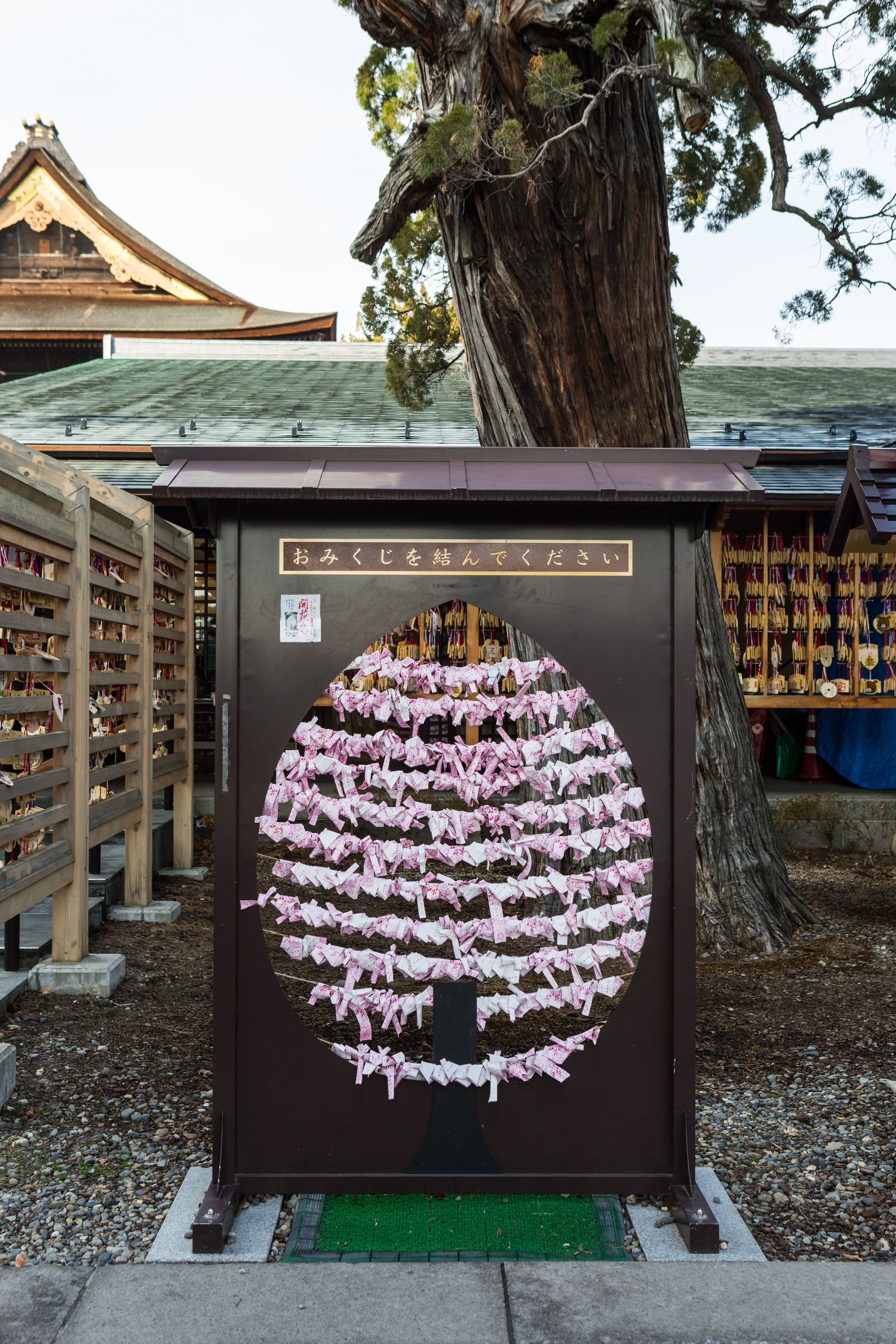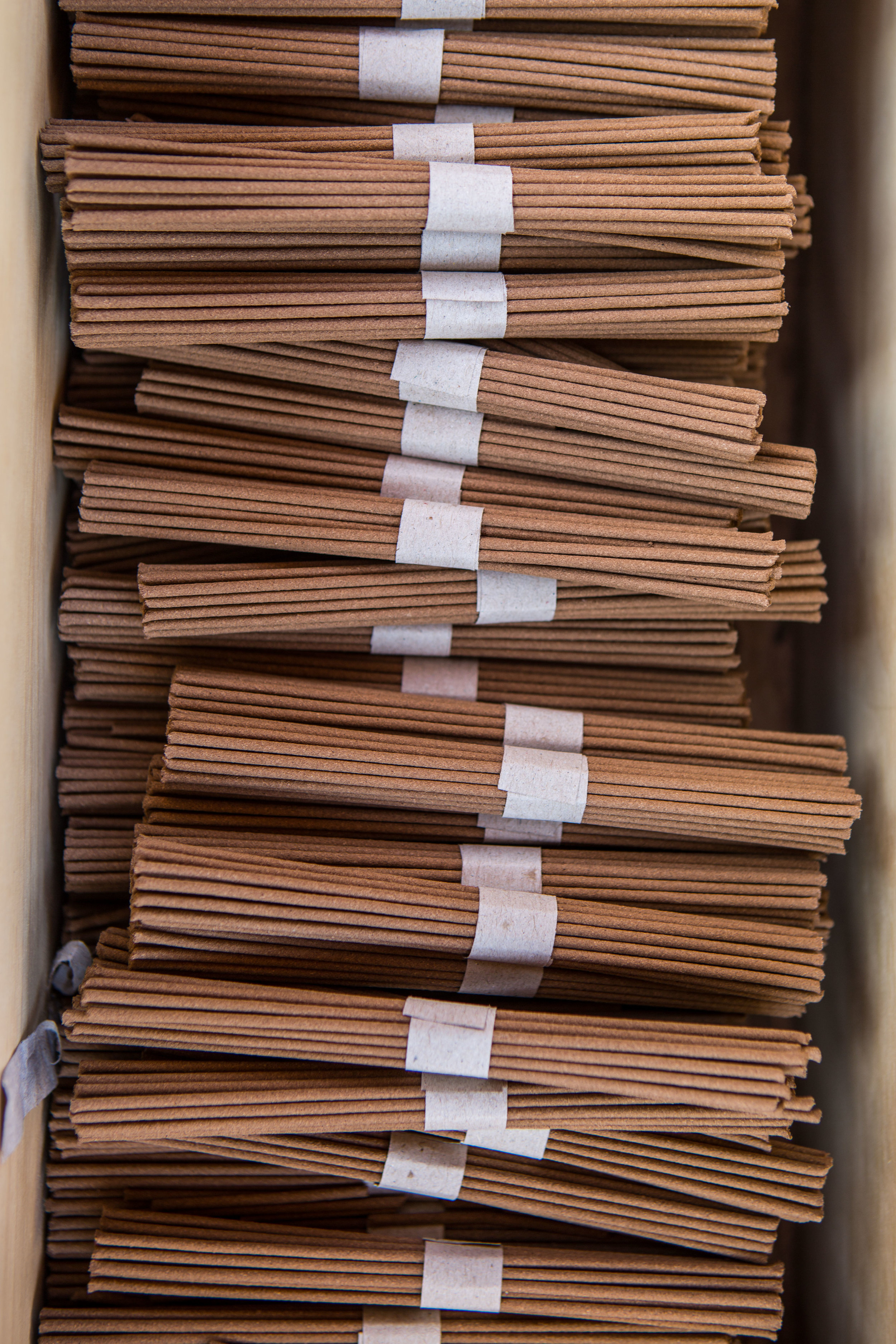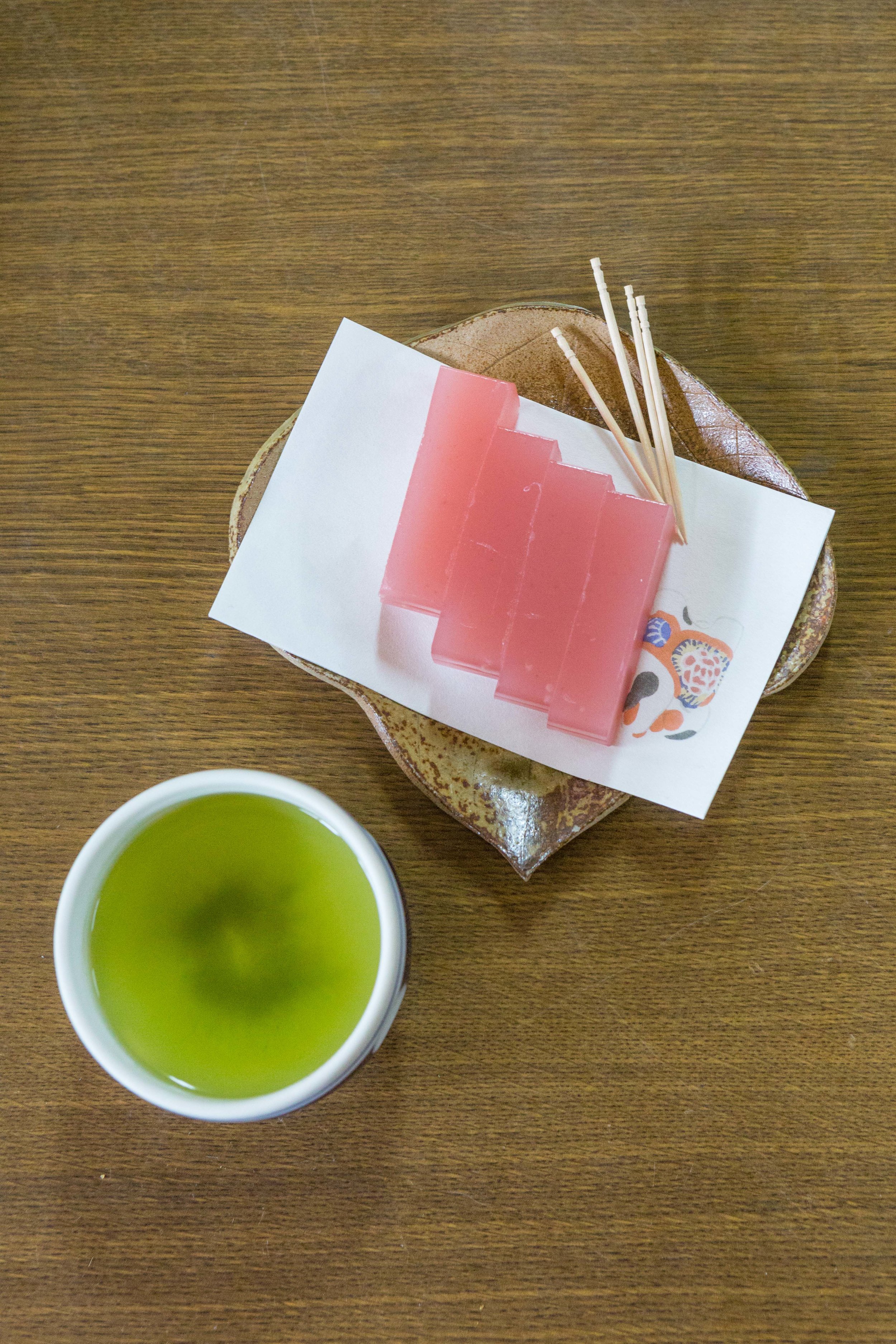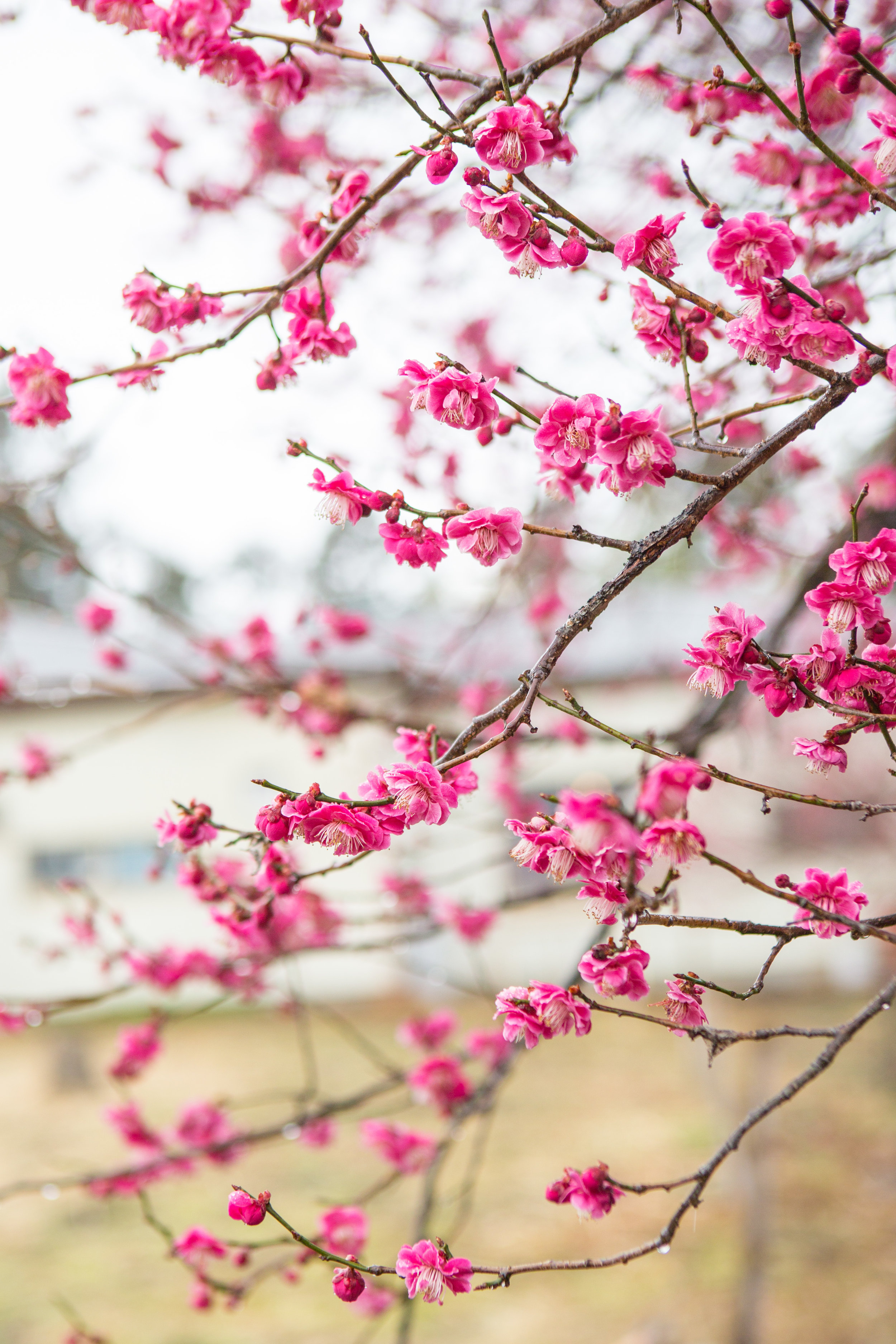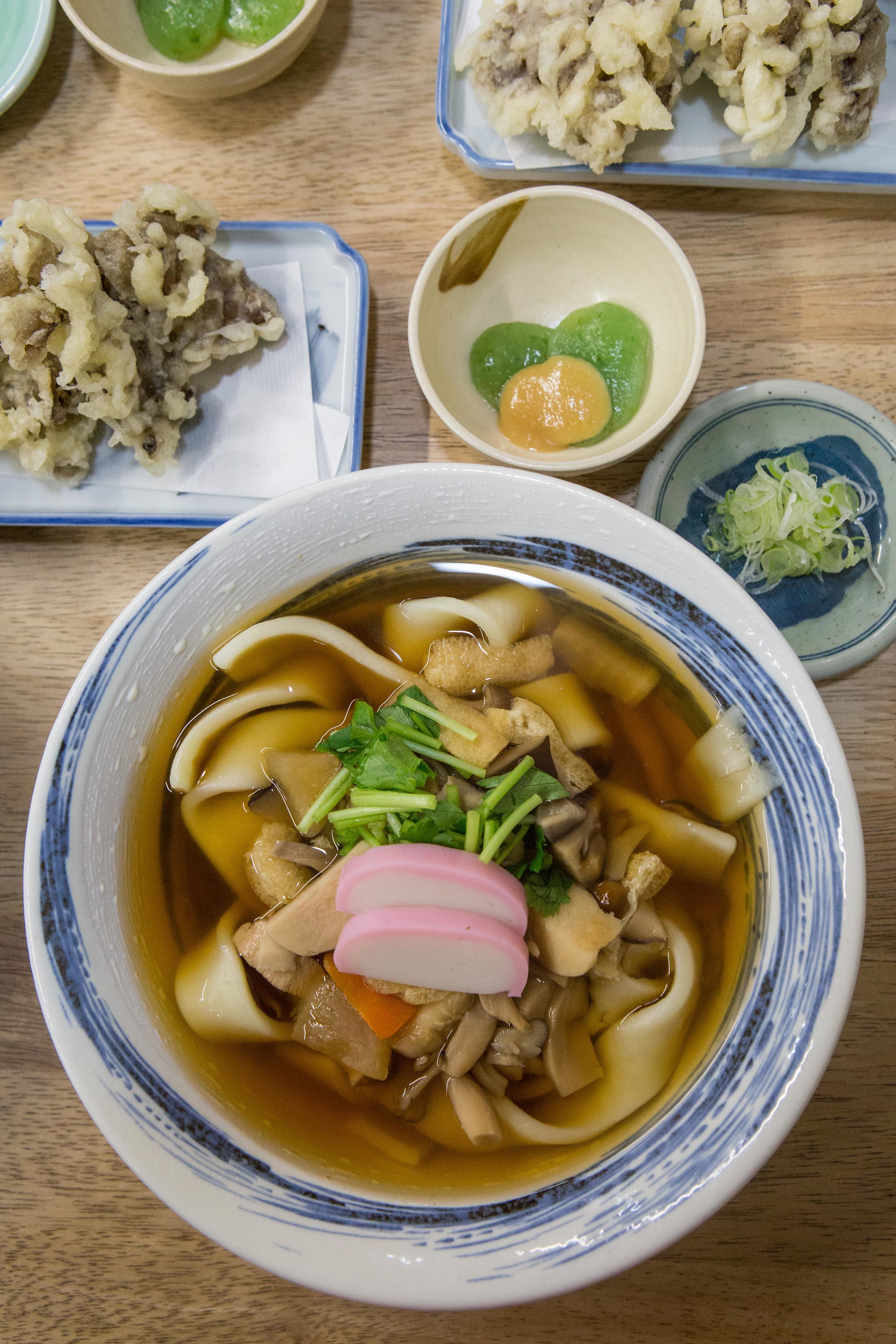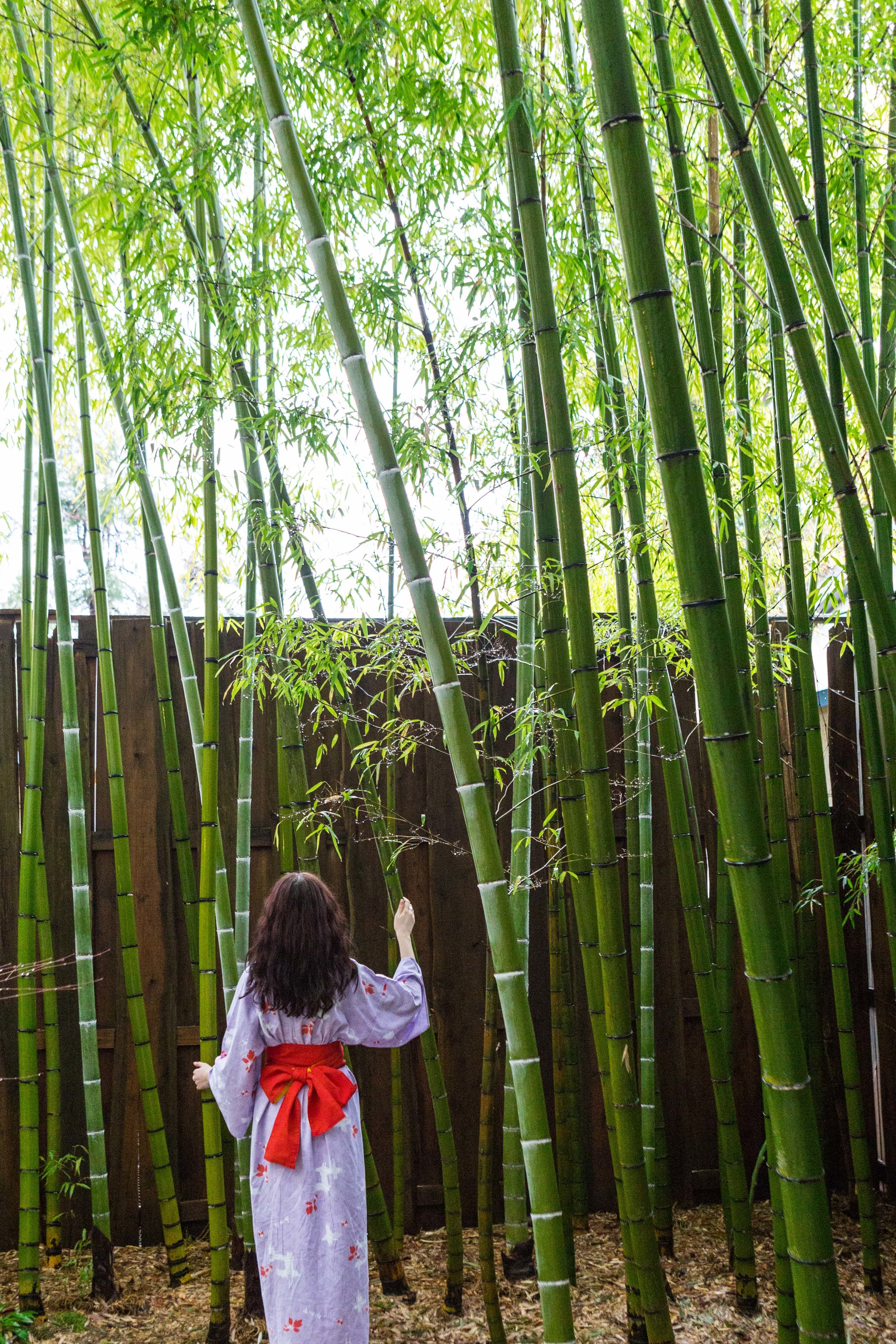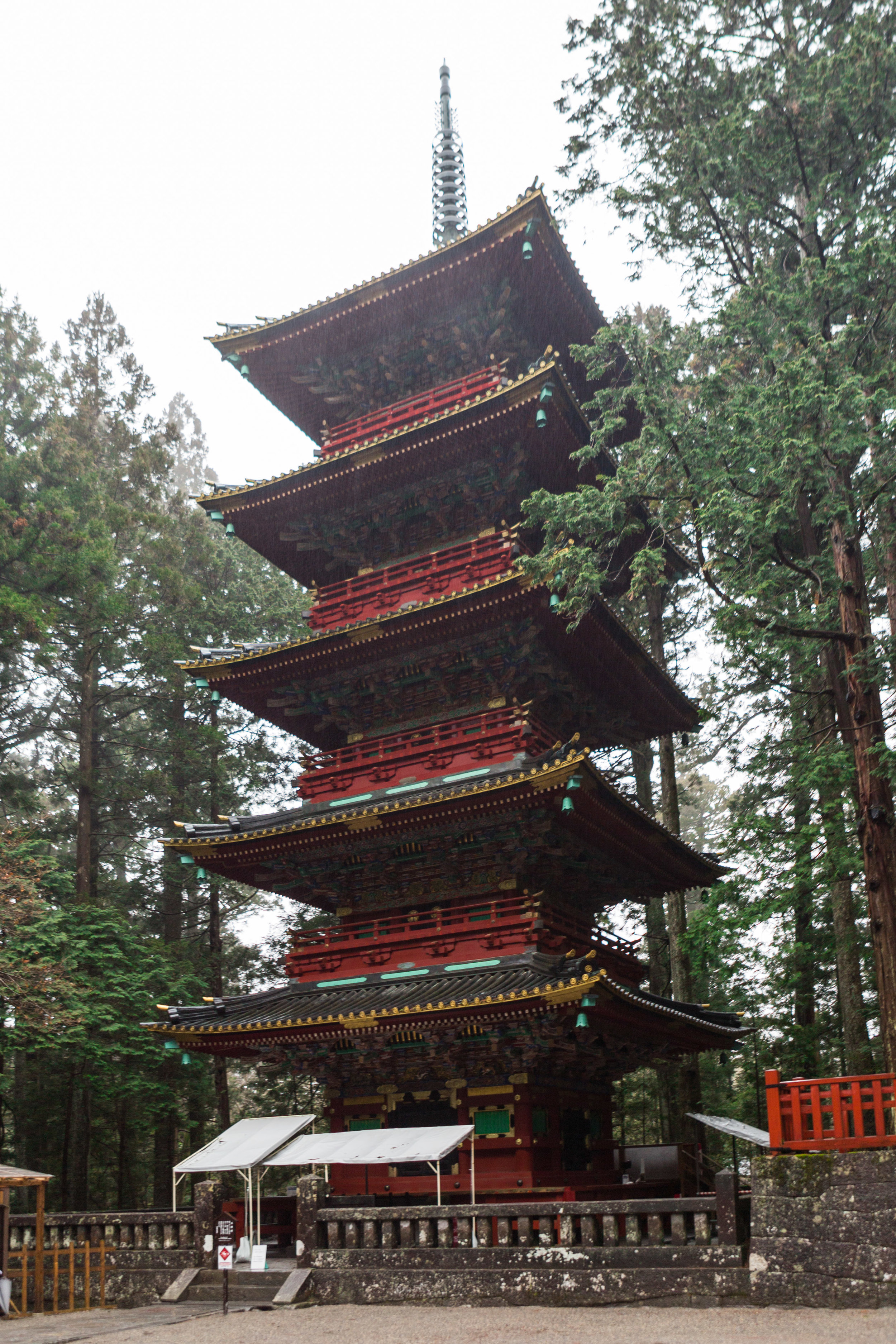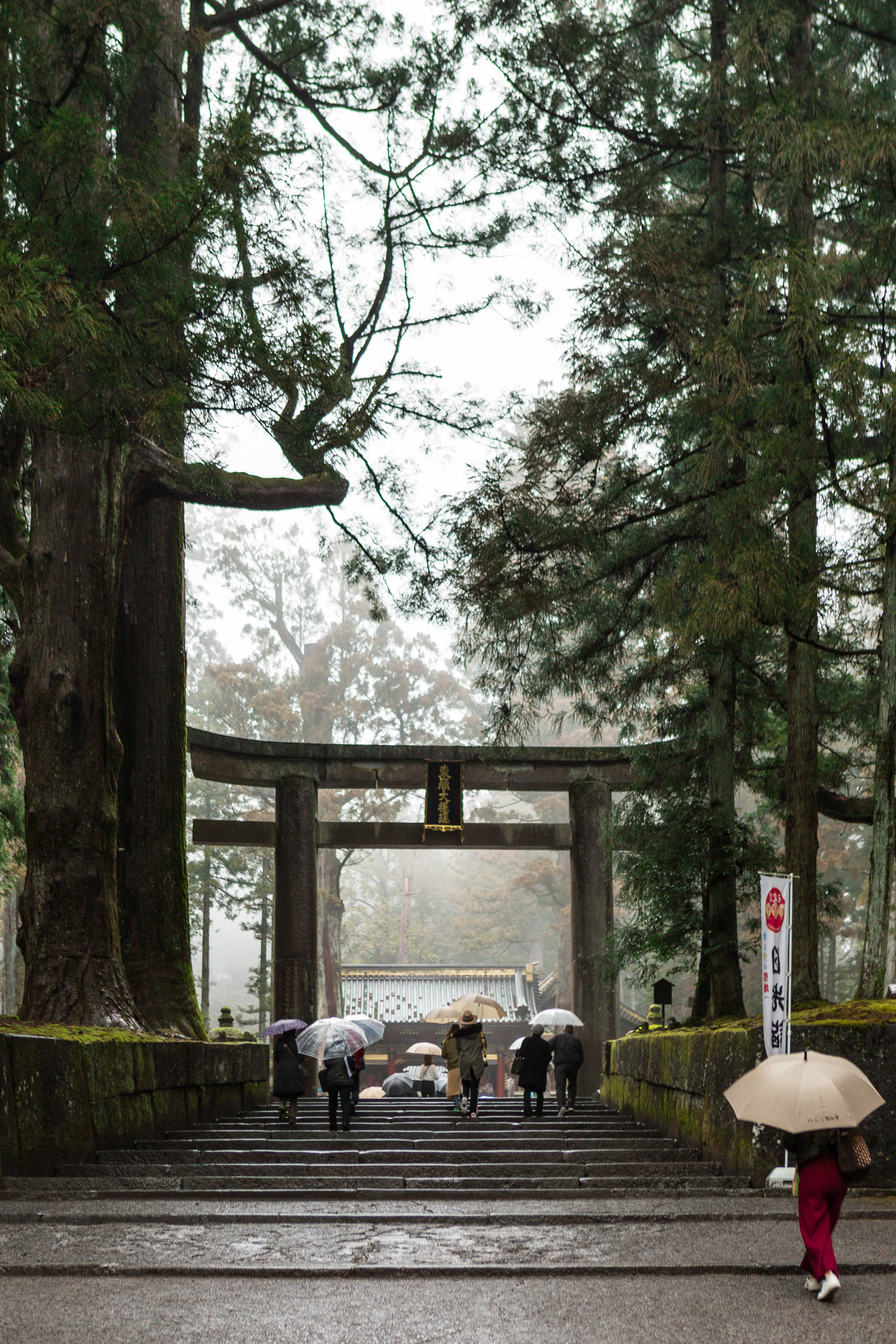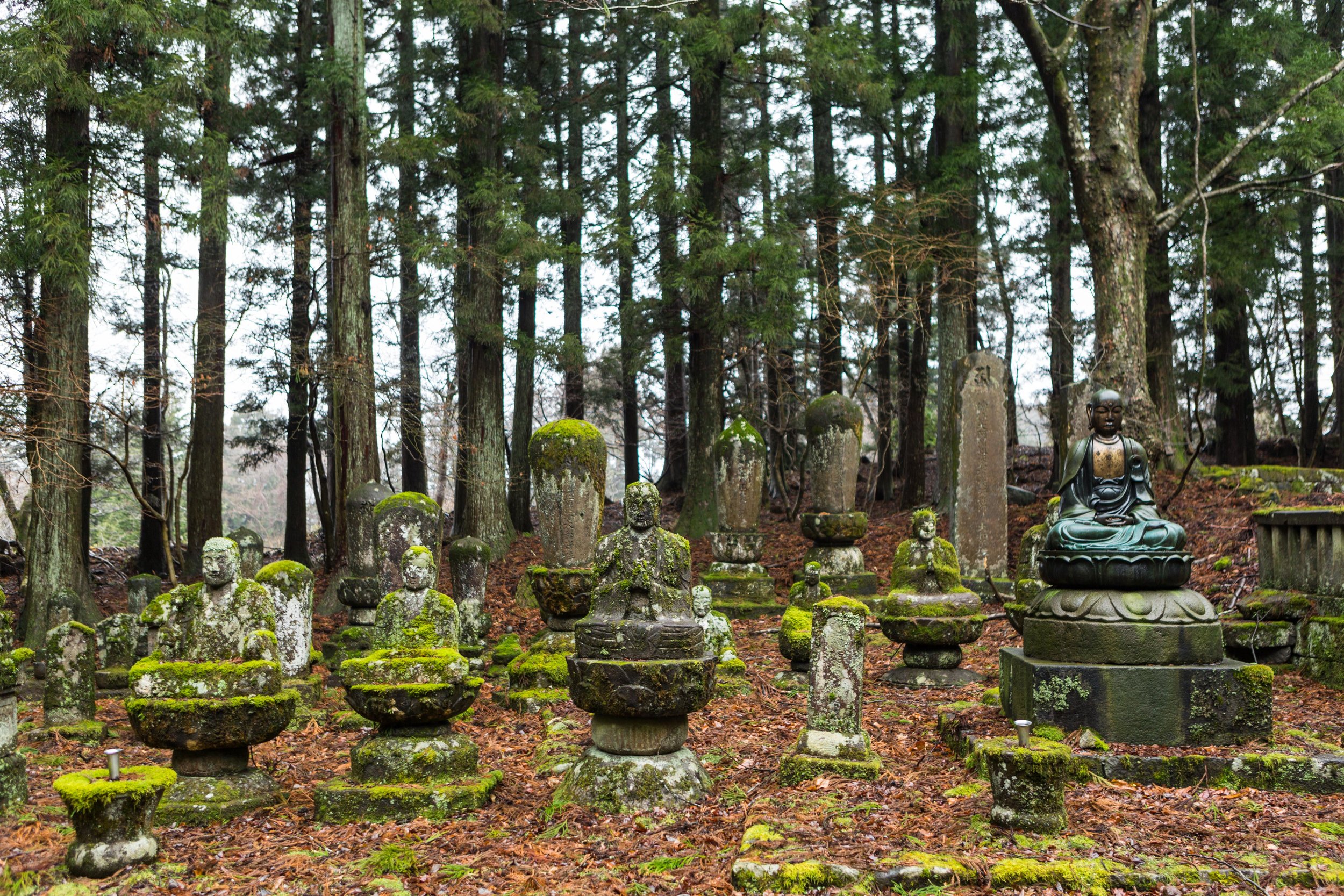Japan is charming, exciting and overwhelming. You visit once and become a fan forever.
It's impossible not to fall in love with its traditions, temples and people. No matter if you prefer discovering cities or nature - Japan has it all.
This trip was my second time in Japan and I'm really hoping not the last one as I still have a long list of places I'd love to see. There's a lot to cover so in this post I'm going to share the highlights of my recent trip to Kanto region.
As my trip started in Tokyo here's a photo of the beautiful Imperial Palace - a separate post on Tokyo is coming soon.
Sadly, the weather wasn't great on arrival but that view from Tokyo City View in Roppongi hills is still amazing - offering wonderful skyline perspective of this buzzing city.
Shousenkyo Ropeway
Having left Tokyo and moving further north we got lucky to be able to see Mount Fuji, the highest mountain in Japan and one of its well-known symbols. This view is from Shousenkyo Ropeway, where you go up on a funicular to get to the top of the observation deck.
Matsumoto
The following night we stayed in Matsumoto and couldn't miss an opportunity to take an early morning walk to Matsumoto Castle, the oldest castle donjon remaining in Japan. Because of the elegant black walls, Matsumoto Castle is sometimes called 'Crow Castle'.
Jigokudani monkey park
Our next stop was the famous Jigokudani monkey park. Jigokudani means "Hell's Valley". The name derived from the very steep cliffs surrounding the area with the steam and boiling water coming from the hot springs.
The park is famous for its wild Japanese macaques, more commonly referred to as snow monkeys, that come to bath in the hot springs. It wasn't snowing when we visited and not very cold so there were not too many monkeys bathing but they were still so fun to watch!
Zenkoji temple
It was sad to say goodbye to the monkeys but we had to move on with our packed programme. Zenkoji Buddist temple is located in Nagano, the city you might remember as 1998 winter Olympics host. With Olympics coming back to Japan in 2020 (summer Olympics in Tokyo this time) it was even more interesting to see this city.
I love visiting Japanese temples and shrines - it's so great to see how Shintoism and Buddism peacefully coexist together with many people following both religions at the same time. Next to the temples you can see omikuji - fortune-telling paper strips that can range from having a great blessing to a great curse. Many Japanese people carry the good ones with them but leave the bad ones hanging on the trees or next to the temples.
Plum blossom
Japan is famous for its sakura blossom but not many people know that plum trees bloom before the cherry trees and are popular in Japan too!
We got lucky to visit Akima Bairin plum farm in Annaka that has 35000 plum trees. As you can see, the flowers were just starting to appear but it was still impressive to see. Plums are grown to produce plum wine, to be eaten pickled or in those sweets that we tried in the plum farm's shop (pictured below).
During this trip, I got to try a lot of traditional Japanese food I haven't tried before. It's very common to have lunch or dinner consisting of a few small plates. Pictured below is okkirikomi - hand-kneaded flat, wide udon noodles and seasonal vegetables, simmered in plenty of broth seasoned with soy sauce or miso that are popular in Gunma prefecture. I loved this lady working in the restaurant and asked to take her portrait. She didn't speak any English but our guides helped me to translate.
Another interesting experience was the stay at the traditional Japanese hotel - ryokan Nikko Hotel Seikoen. There are many ryokans across the country and they usually include a hot bath (onsen), sleeping on a tatami on a futon bed on the floor and set traditional Japanese breakfast and dinner menus. I loved the colourful kimonos we all got to wear too!
Nikko Toshogu
It was raining and the trip was almost coming to an end, but one of the most wonderful places was still waiting for us to be seen. Nikko Toshogu, a UNESCO World Heritage site, is a beautifully decorated shrine complex consisting of more than a dozen buildings set among the old cedar trees. The atmosphere there is truly magical and I highly recommend adding this place to your travel list.
Tips before you go
If you are planning a trip to Japan I recommend downloading Japan Official Travel App that is packed with tips on places to see, best ways to travel and loads of other useful information.
The best way to travel across the country is with the JR Rail Pass, available to tourists only, it has to be purchased before travelling to Japan. You can buy it for 7, 14 and 21 days and it's valid on most trains, Tokyo Monorail, some buses and ferries.
Not everyone speaks English but public transport signs and announcements are available in English - so I didn't find it a problem. Most restaurants have menus with pictures so you can always point out a dish you'd like to order. I'd recommend taking the medicines you know you might need as finding your regular medicine in Japan might be a little tricky.
I was a guest of JNTO, all opinions are my own.






